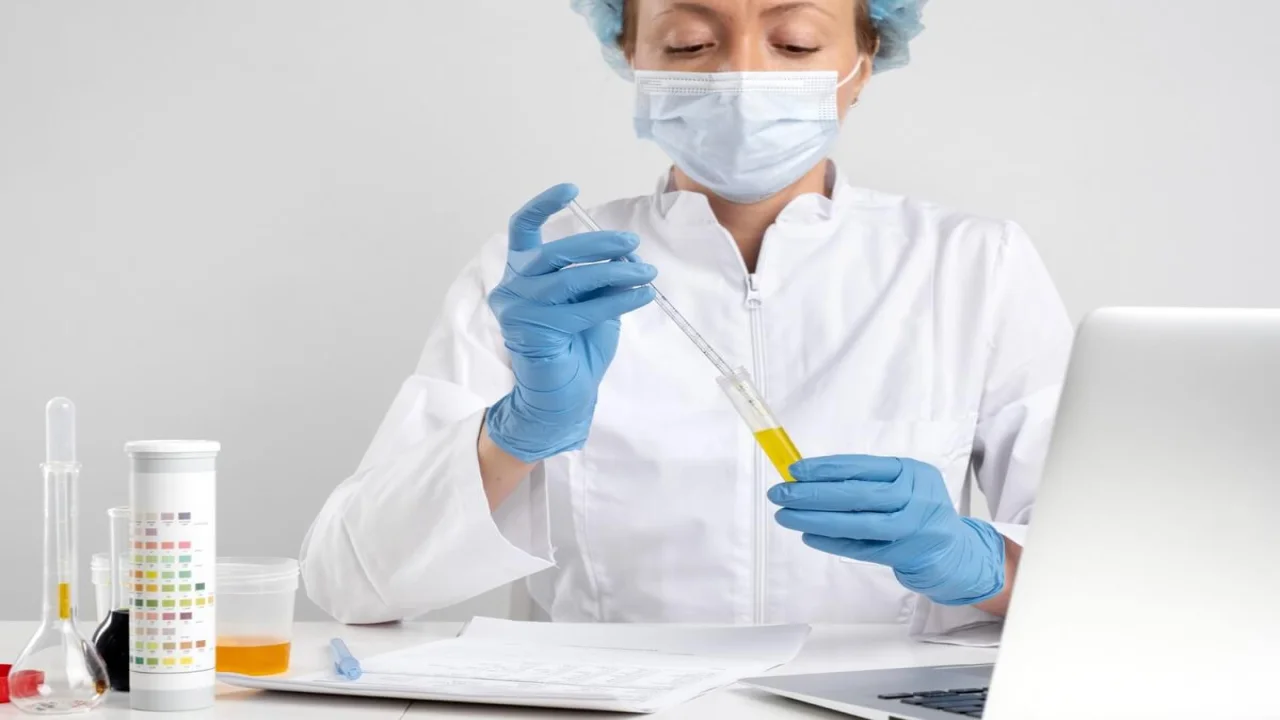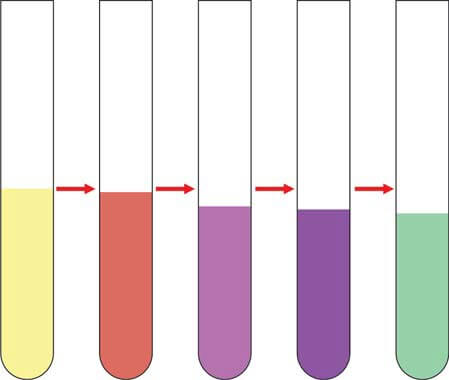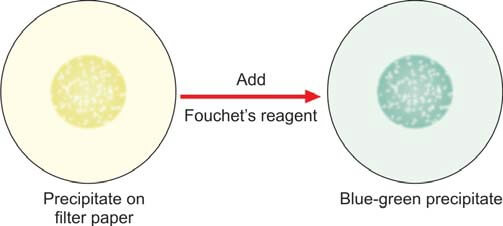Test for Detection of Bilirubin in Urine
Learn various methods, including Foam, Gmelin’s, Lugol Iodine, Fouchet’s, and Reagent Strips, used for detecting bilirubin in urine. Explore bilirubinuria.

When exposed to light, whether it be daylight or fluorescent light, bilirubin undergoes a conversion into the non-reactive biliverdin. This transformation also occurs when the substance is left standing at room temperature. It is crucial to note that biliverdin remains undetectable through tests designed for bilirubin. Hence, the necessity for a fresh sample, meticulously protected from light. The consequential findings associated with bilirubinuria are outlined below.
- Jaundice
- Urine Color: Presents as dark yellow with a noticeable yellow foam
- Elevated levels of serum conjugated bilirubin
Various methods are available for the detection of bilirubin in urine. These include the foam test, Gmelin’s test, Lugol iodine test, Fouchet’s test, Ictotest tablet test, and the reagent strip test.
- Foam Test: Introduce approximately 5 ml of urine into a test tube, shake it vigorously, and observe for the formation of yellowish foam. It is essential to note that a similar outcome may occur with proteins and highly concentrated urine. In standard urine, the foam typically appears white.
- Gmelin’s Test: In a test tube, combine 3 ml of concentrated nitric acid with an equal quantity of urine. Gently shake the tube, and the appearance of a spectrum of colors (yellow, red, violet, blue, and green) indicates a positive test (refer to Figure 1).
- Lugol Iodine Test: Utilize a test tube to mix 4 ml of Lugol iodine solution (comprising 1 gm of iodine, 2 gm of potassium iodide, and distilled water to a total volume of 100 ml) with 4 drops of urine. A positive test is signaled by the development of a green color.
- Fouchet’s Test: This test is both simple and sensitive.
- Combine 5 ml of fresh urine with 2.5 ml of 10% barium chloride in a test tube, ensuring thorough mixing. A precipitate of sulfates, to which bilirubin is bound (forming a barium sulfate-bilirubin complex), will appear.
- Filter the mixture to isolate the precipitate on a filter paper.
- To the precipitate on the filter paper, add 1 drop of Fouchet’s reagent (composed of 25 grams of trichloroacetic acid, 10 ml of 10% ferric chloride, and distilled water to a volume of 100 ml).
- The immediate development of a blue-green color around the drop indicates the presence of bilirubin (see Figure 2).
- Reagent Strips or Tablets Impregnated with Diazo Reagent: These tests rely on the reaction between bilirubin and the diazo reagent. The resulting color change is directly proportional to the concentration of bilirubin. Ictotest tablets can detect bilirubin levels as low as 0.05-0.1 mg/dl of urine, whereas reagent strip tests exhibit lower sensitivity at 0.5 mg/dl.


The information on this page is peer reviewed by a qualified editorial review board member. Learn more about us and our editorial process.
Last reviewed on .
Article history
- Latest version
Cite this page:
- Comment
- Posted by Dayyal Dungrela